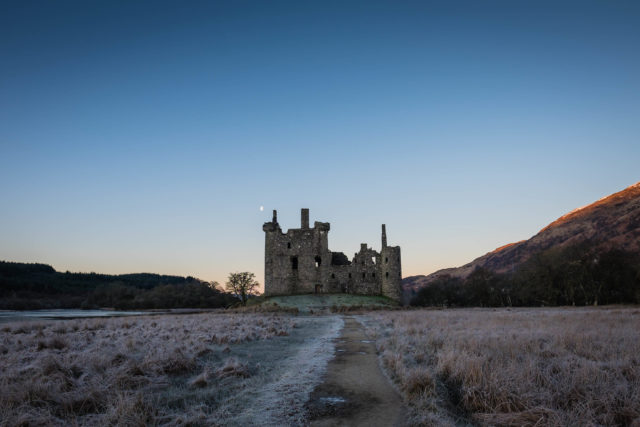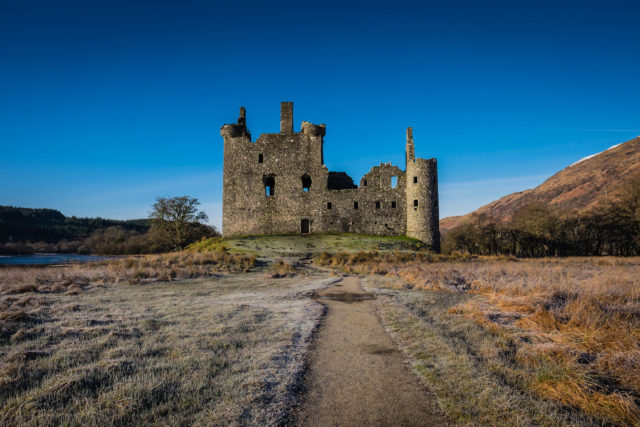In the county of Argyll and Bute, Scotland, stands the ruined Kilchurn Castle, a place with a history dating back to the mid-15th century.
It is known that the land on which the castle was built had been transferred to Colin Campbell by his father, Sir Duncan Campbell, after Colin’s elder brother died. Duncan gifted him the land to ensure his loyalty.
The 1st Lord of Glenorchy, Sir Colin Campbell, decided to build his own castle in March 1449. He chose a spot next to the beautiful Loch Awe, and the castle was founded in 1450.
Initially, the castle consisted of a five-floor tower house with a hall at the bottom and separate family rooms at the top.
A courtyard was also incorporated into the design, as were cellars and a prison. It was a comfortable home but with good defenses.
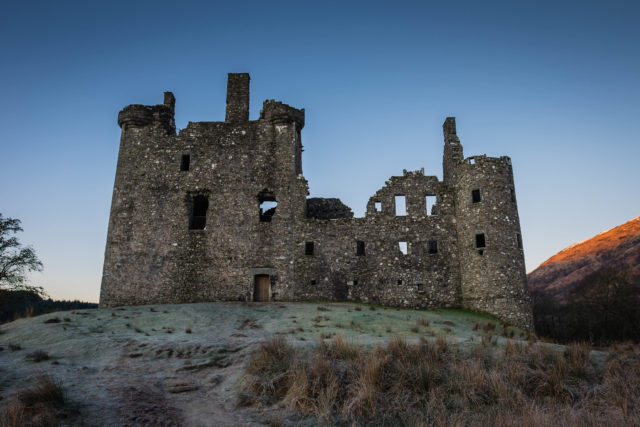
Colin’s descendants became the most powerful junior branch of the Campbell Clan, and many of them added to Kilchurn Castle during their lifetimes.
Sir Colin’s son, Duncan, expanded the castle by adding a laithe hall (a “lower” hall) which was essentially a one-story dining hall. The 6th Lord Colin Campbell added some rooms to the northern side of the castle and remodeled the parapet.
The 6th Lord Campbell also built Balloch Castle (now called Taymouth Castle) on Loch Tay in an attempt to consolidate and defend the lands the Glenorchy Campbells held in Perthshire.
This new castle became the main seat of the Glenorchy Campbells, and Kilchurn became a secondary home.
A later Sir Duncan, known as “Black Duncan,” rebuilt and expanded the south part of Kilchurn castle as well as adding a chapel inside the courtyard.
In 1681, Sir John Campbell was made 1st Earl of Breadalbane and Holland. In the 1690s, he decided to renovate the castle for use as a barracks to house 200 troops.
This involved adding a three-story L-shaped block for the soldiers themselves while the castle was turned into accommodation for the officers.
The castle was used as a garrison once more during the Jacobite revolt in 1715 and 1745 when it housed government troops.
In 1740, the Glenorchy Campbells moved permanently to Taymouth Castle and tried unsuccessfully to sell Kilchurn to the government.
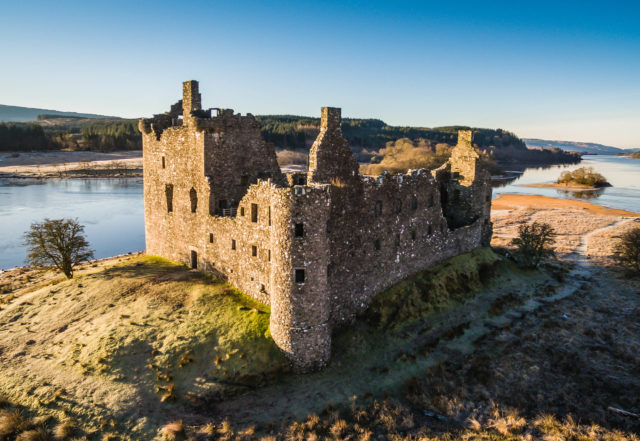
The castle was completely abandoned in 1760 when a bolt of lightning struck it and caused significant damage.
In 1817, the water level in the lake changed, altering the landscape and transforming the land on which the castle stands into a long peninsula.
In 1887, Scottish architects David MacGibbon and Thomas Ross surveyed the castle, after which remedial works took place, altering some of the castle’s original features.
Currently, the castle and its surroundings belong to the Historic Environment of Scotland. Its website claims that Kilchurn is “one of the most photographed castles in Scotland,” and it was even the subject of a painting by JMW Turner.
The barracks block is still standing and holds the record of being the oldest barracks on mainland Britain.
The five-story tower house is also still in evidence so visitors can glimpse elements of the ground-floor hall and the separate rooms at the top.
This historic place is open to the public every summer. It can be reached by boat or on foot from the A85 near Dalmally.
However, before setting out on your journey, it is best to check the official page and find out if the site is open or not since adverse weather and other issues can result in its temporary closure. Check out Ian’s gorgeous Flickr page for more cool abandoned spaces.
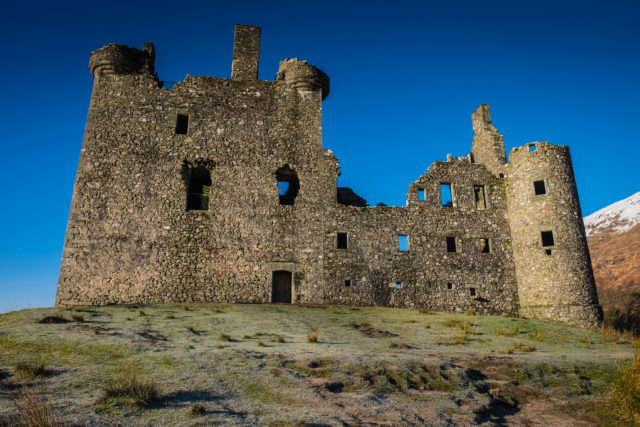
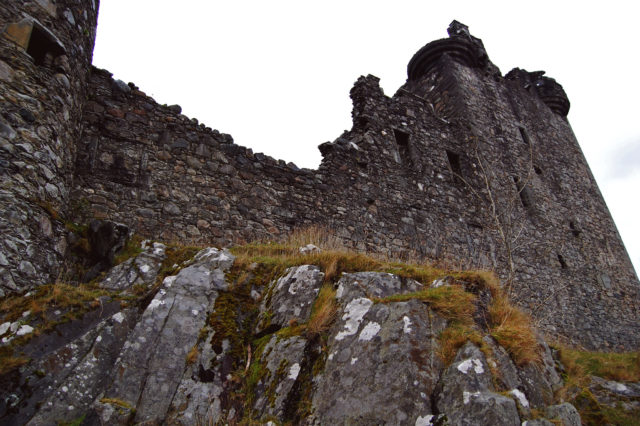
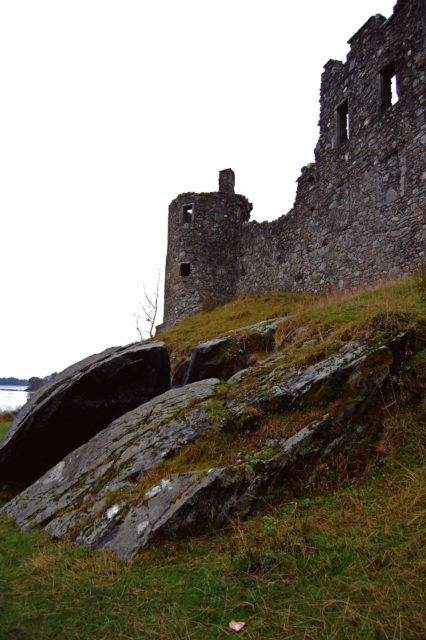
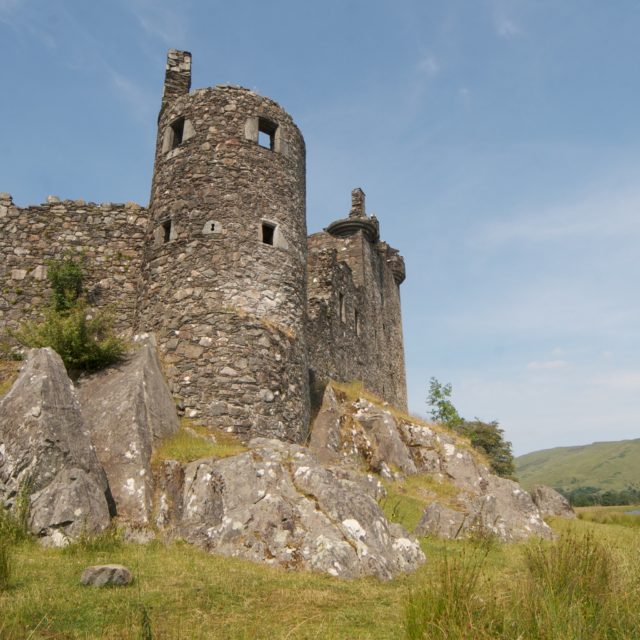
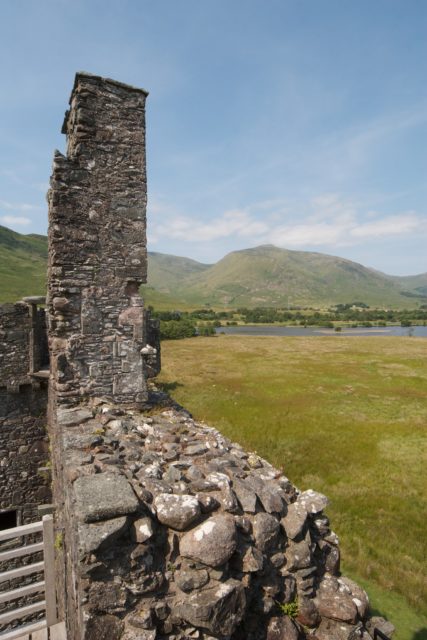

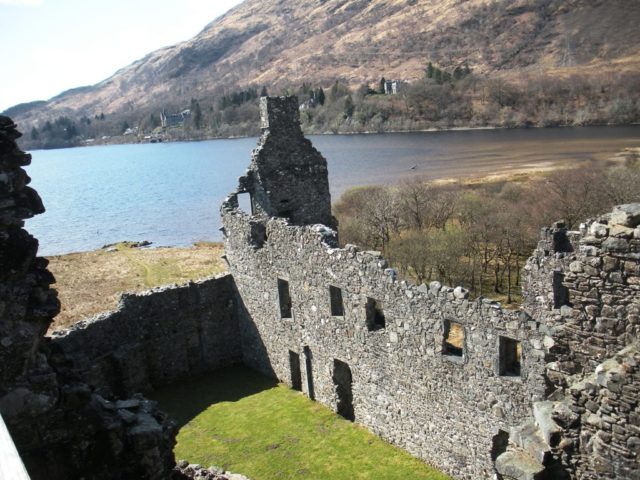
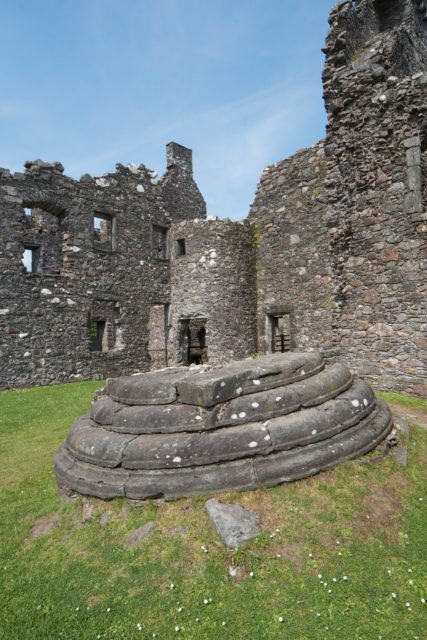
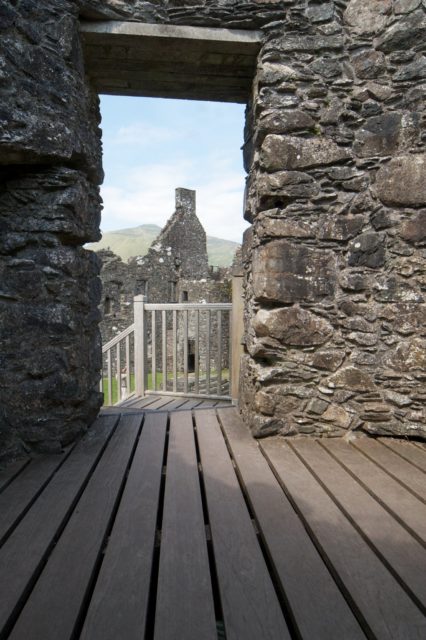
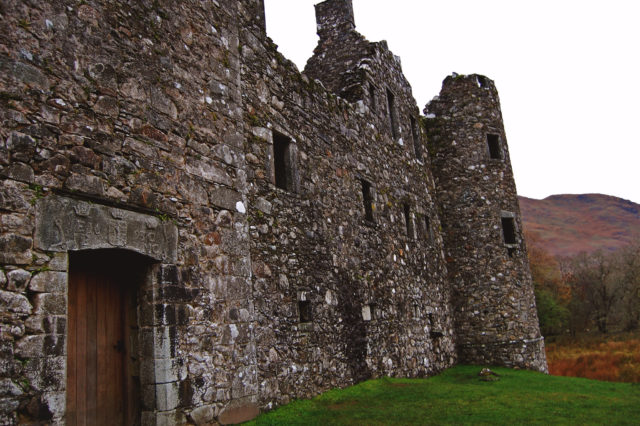
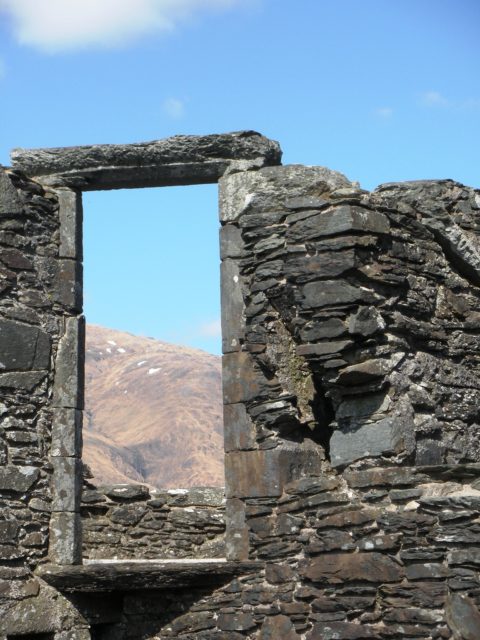
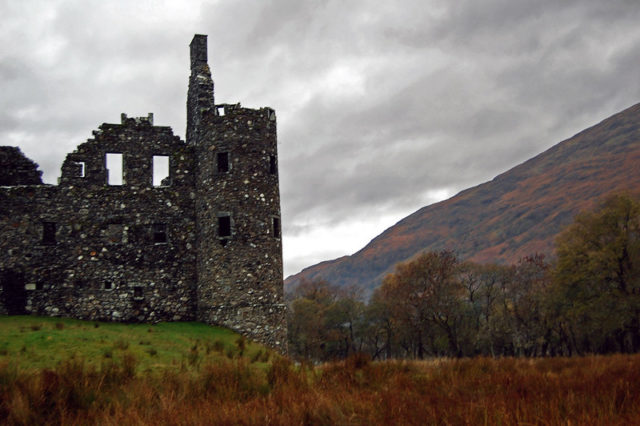
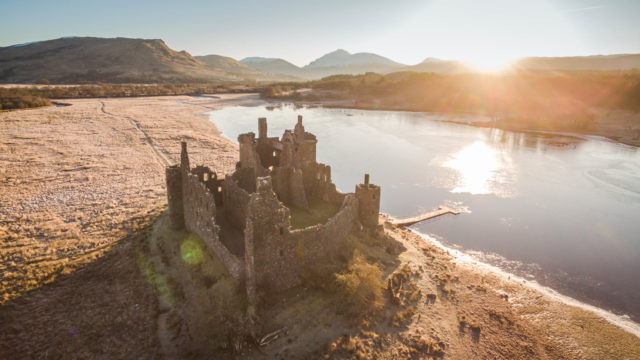
Another Article From Us: Kayakoy – Ghost Town in Turkey
